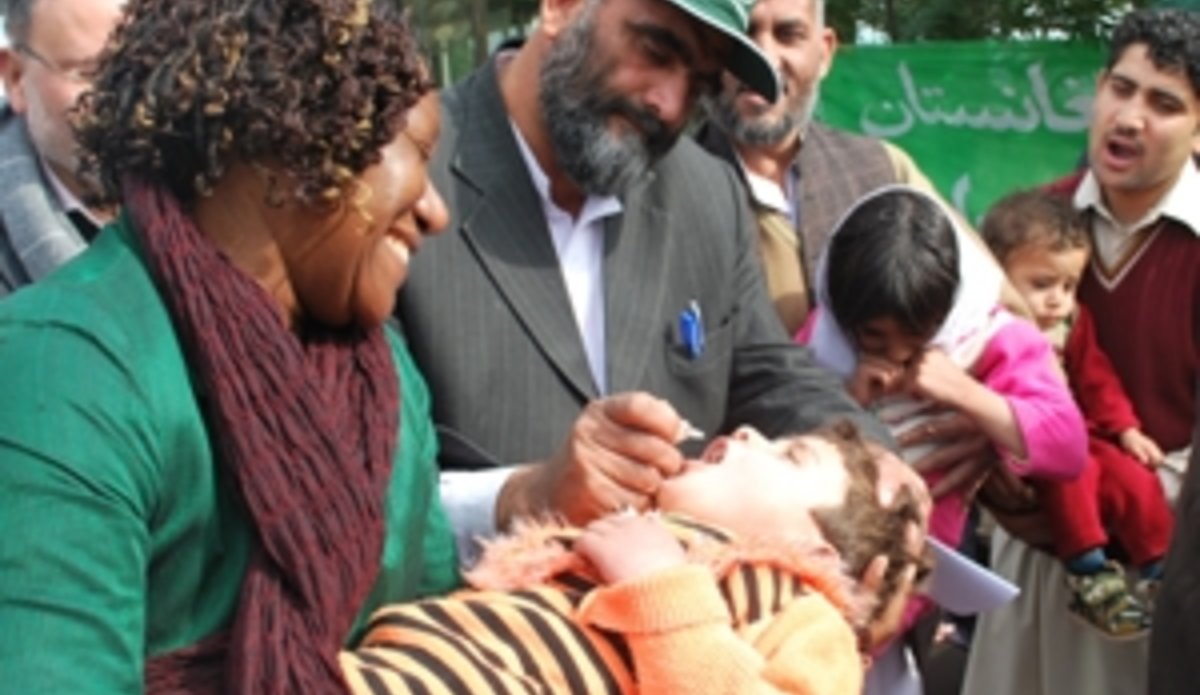AID POLICY: Staff security - “bunkerization” versus acceptance
13 April 2011- Hiring taxis instead of 4WDs, signing memos of understanding with local elites, and co-investing programmes with governments and locals, are some of the ways aid agencies have lowered risks to staff in highly insecure aid environments such as Sudan, Somalia and Afghanistan. These and other examples are detailed in a 12 April report by the UN Office for the Coordination for Humanitarian Affairs (OCHA) entitled To Stay and Deliver: Good practice for humanitarians in complex security environments. IRIN story
The UN commissioned the report as part of a shift in security policy towards navigating how to continue programming in highly insecure environments, rather than defining aid cut-off thresholds. “The more critical a programme is to people’s survival and well-being, the greater amount of risk may be accepted,” said current Emergency Response Coordinator Valerie Amos, presenting the report’s findings at the Norwegian Institute of Humanitarian Affairs in March 2011.
Jan Egeland, director of the Institute, and coordinator of the report, speaking to IRIN from New York, at its launch, characterized agencies’ approaches to security over the past two decades as “recklessness, followed by a period of bunkerization, [partly linked to the 19 August 2003 attack on UN headquarters in Iraq]; which led to today’s risk management approach.”
The new approach focuses on mitigating risks so programmes can continue, rather than on the operational environment, said Robert Painter, a senior security specialist at the UN Department for Safety and Security (UNDSS). “This focus is now more goal-oriented, more nimble, and we get more done,” he told IRIN.
Improving staff security is a mounting concern for aid agencies given the increasing dangers aid workers face: One hundred are killed each year, and a further 200 kidnapped or injured in increasingly politically-motivated attacks - significantly up on a decade ago, according to the report. The most dangerous places to work in aid are Afghanistan Sudan and Somalia.
Acceptance, not division
In recent years the tendency among some aid organizations in the face of new threats, had been to “bunkerize” - cloistering offices in walled compounds, using armoured cars and armed guards. But this approach risks promoting division and reinforcing the misperception of humanitarians as harbouring a Western agenda, say the report’s authors, Adele Harmer and Abby Stoddard.
More, rather than less dialogue is needed, they say. Agencies must instead be better at communicating humanitarian principles, and find better ways to foster acceptance among all relevant groups, including parties to conflict. The International Committee of the Red Cross is held up as an example of having the “most active, effective and sustained humanitarian negotiation strategies.”
Identifying who has power and why can help agencies better target their acceptance strategies, say Harmer and Stoddard. In Afghanistan in 2005 NGO Save the Children UK used this to good effect by identifying traditional elders as those who held the reins of power. It drew up memos of understanding, with elders outlining the roles and responsibilities of each party.
To promote acceptance effectively, aid groups must retain their ability to negotiate with all parties to conflict, said Egeland, a practice that some UN member states have increasingly clamped down on. Hezbollah, Hamas, the Taliban, and Al Shabab, have been labelled “terrorists” and therefore off-limits for discussion. “Suddenly the age-old criteria which is a precondition for working in conflict areas: `speak to the devil to help victims in hell’, is not allowed any more. We need to go back to the humanitarian principles so that we can access all sides,” he stressed.
Smart protection
If promoting humanitarian principles and building acceptance are central goals, aid groups must think more carefully about the kinds of messages their security protocols send out: armed escorts and fortified cars can communicate division and difference, say Harmer and Stoddard.
Rather than hiring armed guards, aid agencies might consider hiring local plain-clothes police officers; rather than travelling in armoured vehicles, they could hire taxis, or de-brand their vehicles as some have done in Pakistan.
Smart protection also involves protecting areas rather than individuals, says the report, validating a shift in approach taken by the UNDSS. In North Darfur, international NGOs did just that - negotiating with local government and police to install observation points, increasing police patrols, installing more checkpoints, and expanding arms-free areas. “Such smart protection becomes a win-win… when it satisfies both national authorities’ security requirements and aid organizations’ low-visibility objective,” said Amos in her March address.
But sometimes the smartest protection is to withdraw international staff altogether, as many aid agencies have been forced to do in Somalia. Quality of programming and staff security does not need to be compromised if agencies prioritize national staff training and development, and help improve national staff security by helping them to keep a low profile, for instance by working from home.
Despite numerous reports highlighting the problem, national staff security continues to be under-serviced by international NGOs, says the report. Many field operatives still receive less training than managers based in headquarters. “There is often very little investment in national staff, and even less in local NGOs,” said Egeland. “It leads us to an ethical and strategic question: Are humanitarian organizations risk-averse with their own international staff, and risk-happy with local contractors and NGOs?”
To realize these, and other changes, an attitude shift is required among many aid agencies, said Egeland. And security risk management must be part of any and all programme planning and costing, particularly in insecure areas.
By IRIN
 UN
UN







